Related Research Articles
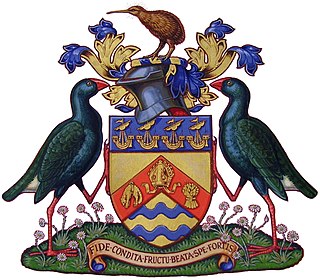
The Mayor of Christchurch is the head of the municipal government of Christchurch, New Zealand, and presides over the Christchurch City Council. The mayor is directly elected using a First Past the Post electoral system. The current mayor, Phil Mauger, was elected in the 2022 mayoral election. The current deputy mayor is Pauline Cotter.
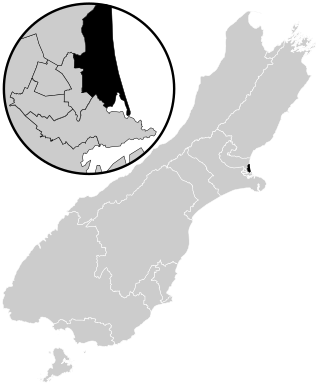
Christchurch East, originally called Christchurch City East, is a current New Zealand parliamentary electorate. It was first created for the 1871 election and was abolished for two periods, from 1875–1905 and again from 1946–1996. It was last created for the introduction of the MMP voting system for the 1996 election. The current MP is Reuben Davidson, a member of the New Zealand Labour Party who was first elected in the 2023 New Zealand general election.

Nelson is a New Zealand parliamentary electorate, returning one Member of Parliament to the House of Representatives of New Zealand. From 1853 to 1860, the electorate was called Town of Nelson. From 1860 to 1881, it was City of Nelson. The electorate is the only one that has continuously existed since the 1st Parliament in 1853.

Selwyn is a current electorate in the New Zealand House of Representatives, composed of towns on the outskirts of Christchurch city. The electorate was first formed for the 1866 election and has been abolished three times during its history. It was last re-established for the 2008 election and has been held by Nicola Grigg for the National Party since the 2020 election.
Christchurch North is a former New Zealand parliamentary electorate. The electorate comprised the northern half of what is now considered the Christchurch Central City.
Avon is a former New Zealand parliamentary electorate. It was created for the 1861 general election and existed until 1996. It was represented by 13 Members of Parliament and was held by Independents, Liberal Party or Labour Party representatives.
Kaiapoi was a rural New Zealand electorate, north of Christchurch in the Canterbury region of New Zealand from 1861 to 1946. It was represented by twelve Members of Parliament.
Coleridge is a former parliamentary electorate in the Canterbury region of New Zealand. The electorate existed from the 1866 election to 1887.
Lincoln was a parliamentary electorate in the Canterbury region of New Zealand from 1881 to 1890. It was represented by two Members of Parliament.
Christchurch was a parliamentary electorate in Christchurch, New Zealand. It existed three times. Originally it was the Town of Christchurch from 1853 to 1860. From the 1860–1861 election to the 1871 election, it existed as City of Christchurch. It then existed from the 1875–1876 election until the 1881 election. The last period was from the 1890 election to the 1905 election. Since the 1946 election, a similarly named electorate called Christchurch Central has been in existence.
Stanmore was a parliamentary electorate in Christchurch, New Zealand from 1881 to 1887. The electorate was represented by two Members of Parliament.
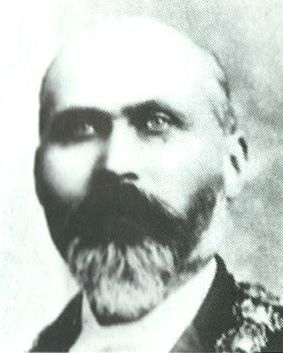
Samuel Manning was a brewer and Mayor of Christchurch in 1890.

Henry Sawtell was Mayor of Christchurch 1871–1872.
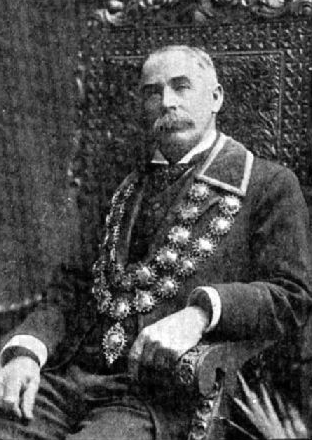
Thomas Gapes was Mayor of Christchurch 1893/94. His father James Gapes was twice mayor in the 1870s/80s. The family was of humble origin, had come out to New Zealand from London as assisted immigrants and were running a painting and paper-hanging business, but had come to status in their new country.

John Ollivier was a Member of Parliament in New Zealand, but was better known for his membership of the Canterbury Provincial Council. He was the second chairman of the Christchurch Town Council.
The 9th New Zealand Parliament was a term of the Parliament of New Zealand.
The 10th New Zealand Parliament was a term of the Parliament of New Zealand. Elections for this term were held in 4 Māori electorates and 91 European electorates on 7 and 26 September 1887, respectively. A total of 95 MPs were elected. Parliament was prorogued in October 1890. During the term of this Parliament, two Ministries were in power.

Ernest Eden George, known as Eden George, was born in New South Wales and came to New Zealand as a young man. He made his career in photography and was active in Auckland and Dunedin, but mainly in Christchurch. Entrepreneurial, combative and confrontational, he entered the political scene. In his early life, he stood at five elections to the New Zealand Parliament, but he came last at every occasion. Surprisingly, he was elected Mayor of Christchurch in 1892 without, unlike all his predecessors, having ever served as a councillor on Christchurch City Council before. He had a most difficult year, was soundly beaten at the next election and told councillors that they "should forget him, as he would forget them". Indeed, in 1906, his was the only photo of all the city's ex mayors that was not on display in the mayor's office.
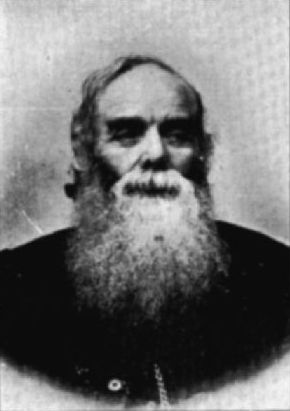
A 1889 by-election in the Lincoln electorate was held to fill a vacancy caused by the resignation of Arthur O'Callaghan from the Lincoln electorate. The by-election was won by Alfred Saunders, who beat John Ollivier.
References
- ↑ "Latest Locals". The Star . No. 6541. 9 May 1889. p. 3. Retrieved 6 June 2015.
- ↑ "Christchurch North". The Star . No. 6553. 23 May 1889. p. 2. Retrieved 6 June 2015.
- ↑ "Christchurch North Election". The Press . Vol. XLVI, no. 7341. 20 June 1889. p. 5. Retrieved 23 April 2012.
- ↑ "Christchurch North Election". The Press . Vol. XLVI, no. 7342. 21 June 1889. p. 3. Retrieved 23 April 2012.
- ↑ "Christchurch North Election". The Star . No. 6577. 20 June 1889. p. 3. Retrieved 27 March 2010.